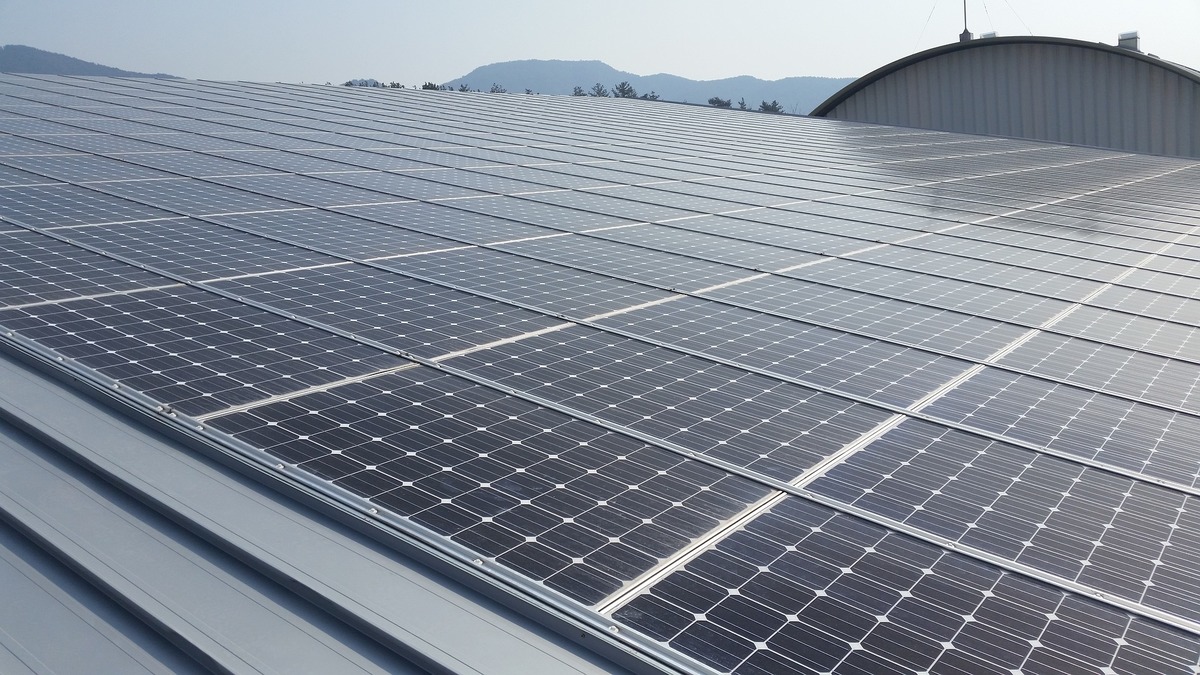In an effort to transition to more sustainable and environment-friendly solutions, while providing connectivity to more communities, Smart Communications, Inc. (Smart) will roll out fuel cell sites in challenged-grid areas nationwide starting Q2 2021 until the end of the year.
Subscribe to our Telegram channel to get a daily dose of business and lifestyle news from NHA – News Hub Asia!
As the wireless arm of the Philippines’ largest integrated telecommunications company, PLDT Inc., Smart’s shift to green energy follows the announcement of the Department of Energy in Q4 of 2020 that the Filipino government will no longer accept proposals to build new coal power plants, from the new Energy Conservation and Efficiency Act signed into law in 2019. These significant policy shifts help boost the deployment of cleaner energy sources, to help ensure more sustainable growth for the country.
“PLDT and Smart are active advocates of sustainable development. As we face daunting challenges on how to protect our environment and promote more equitable social development, Smart’s cutting-edge technologies can play a significant role in rallying the right socio-environmental mindset and driving a greater sense of responsibility to the planet,” said Smart Communications President and CEO and PLDT Chief Revenue Officer Alfredo S. Panlilio.
Smart’s 2021 foray to green technology will be made possible through a partnership with Denmark-based renewable energy company SerEnergy. A world-leading developer and supplier of methanol-based fuel cell solutions, the company will install over 90 green cell sites for Smart in off- and bad-/challenged grid urban and rural locations.
What is fuel cell technology?
In a fuel cell, hydrogen and oxygen are combined to generate electricity, heat, and water to produce electricity through an electrochemical reaction, instead of combustion. The system is based on methanol-powered fuel, which can be combined with solar, wind and other renewable resources to present a sustainable, cost-effective eco-system. Stationary fuel cells provide virtually emission-free power and do not produce particulate pollutants or unburned hydrocarbons. They emit less carbon dioxide than other technologies, and when using fuel generated from renewable sources such as biomass, fuel cells are completely carbon neutral.
“Smart’s transition to green energy places the company upfront as one of the pioneers in its industry, setting an important agenda in securing the environment through sustainable solutions,” said PLDT and Smart SVP for Network Planning and Engineering Mario G. Tamayo.
With over 15 years of experience with cutting-edge fuel cell technology, with power and backup solutions for telecom as a prime segment, SerEnergy also provides utility and industrial sectors with methanol-based fuel cell systems. “We are excited that Smart has chosen our clean power technology that besides from delivering people-, nature- and environmentally friendly energy, makes no compromise on quality,” said SerEnergy Commercial Manager Morten Thomsen.
Aside from the environmental benefits of fuel cell -powered sites, the technology is said to be more cost-effective over the lifetime of the unit, compared to existing technologies. In cost-per-unit-of-energy terms, methanol compares favorably with both gasoline and diesel.
In many cases, fuel cells are also able to offer higher reliability, with no degradation of capacity over time and limited maintenance needed. These solutions also operate with low noise and vibration, meeting regulations for low environmental impact. In terms of safety, methanol is less prone to ignite than gasoline.
GSMA’s Race To Zero global movement
Smart’s partnership with SerEnergy follows its commitment to the Race to Zero campaign of the United Nations and GSM Association (GSMA), as a member of the trade alliance’s Climate Action Task Force.
The movement of the global industry organization of mobile network operators highlights broad-based commitment to zero emissions from all stakeholders, building back better from the COVID-19 context. Race to Zero is a global campaign that aims to mobilize leadership and support from business cities, regions, and investors for a net zero greenhouse gas emissions economy by 2050, preferably earlier.
“PLDT and Smart have been incorporating sustainable development into our strategies and have adopted relevant practices such as shifting to green technologies, progressively improving operational efficiencies, and pursuing the use of renewable energy in our facilities,” Panlilio said.
Live Smarter for a Better World
Smart’s venture into fuel cell technology for more environment-friendly cell sites is a key pillar of its “Live Smarter for a Better World” campaign. Under the movement, Smart intends to inspire people to commit to sustainable actions with lasting, positive impact to society.
“Being the country’s largest telecommunications company has put us in the best position to give back to society through initiatives that leverage on our integrated technology, digital innovations, and robust network – the fastest in the Philippines,” Panlilio said.
Smart aims to increase public awareness on green energy as it deploys fuel cell -powered sites until the end of 2021. “This initiative underscores what we have communicated in our Better World campaign: That we should strive to save what we can, while we can. Share more knowledge to build, and not to destroy. Show the ways to heal, and not to hurt. That we should strive to live smarter and make the world better, as we have the power to create a better world not just for our individual selves, but for the good of all,” Panlilio detailed.


